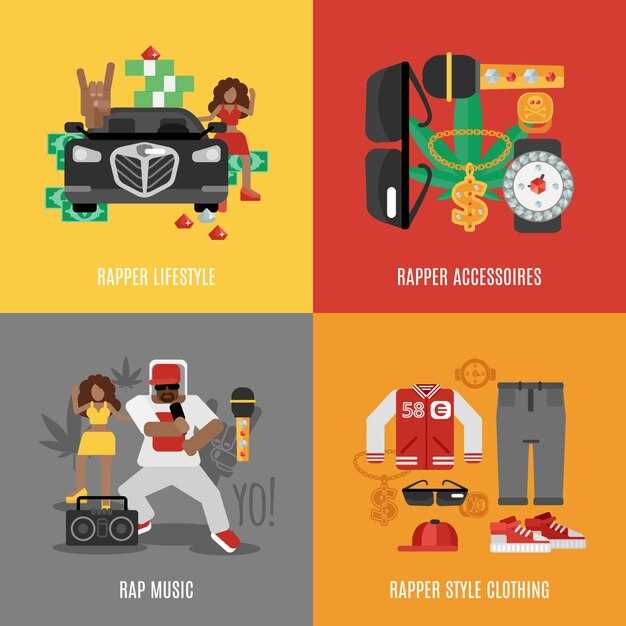
The world of Japanese Domestic Market (JDM) cars is rich with unique culture and diverse terminology. For enthusiasts, understanding these JDM terms is essential not only for communication but also for fully appreciating the nuances of this vibrant automotive scene. From slang used in forums to terms commonly heard at car meets, being fluent in JDM lingo can greatly enhance your experience as a car lover.
Among the myriad of phrases and slang, some terms have become staples in the conversation among car enthusiasts. Whether you’re talking about modifications, performance upgrades, or car culture, knowing the right terms can make all the difference. This article aims to illuminate the key JDM slang terms that every car enthusiast should know, empowering them to navigate the community with confidence.
As we delve into these essential terms, we will explore their meanings and origins, providing context that helps in understanding why they matter. From iconic models to tuning lingo, this guide will equip you with the vocabulary needed to engage with fellow enthusiasts, deepen your knowledge, and fuel your passion for JDM cars.
Understanding Popular JDM Acronyms and Abbreviations

In the vibrant world of Japanese Domestic Market (JDM) cars, enthusiasts often use a variety of acronyms and abbreviations that can be confusing to newcomers. This glossary of key terms will help you navigate the lingo and enhance your understanding of JDM culture.
One of the most common acronyms is “OEM,” which stands for Original Equipment Manufacturer. This term refers to the parts made by the vehicle’s manufacturer, ensuring both quality and compatibility. In contrast, “ aftermarket” components are those produced by third-party companies and can vary widely in quality and performance.
Another essential term is “JDM” itself, representing vehicles and parts specifically intended for the Japanese domestic market. Understanding this distinction is crucial, as JDM products often have features or specs not available in vehicles sold outside of Japan.
The acronym “FD” commonly refers to the Mazda RX-7, particularly the third generation which became legendary for its lightweight design and rotary engine. Similarly, “SR” references the Nissan SR20, a popular engine choice for tuning and motorsports due to its versatility and performance potential.
“K-Series” denotes Honda’s K-series engines, renowned for their high revving nature and tuning capabilities, popular among drag and street racers. On the other hand, “RB” refers to Nissan’s RB26 engine, famously known for its performance in the Nissan Skyline GT-R, often regarded as one of the greatest performance engines ever built.
Acronyms like “GTR” and “WRX” have become iconic in the automotive community. “GTR” signifies Gran Turismo Racer, while “WRX” stands for World Rally eXperimental, both of which point to vehicles designed for high performance and competitive racing.
Lastly, terms such as “Tuning” refer to the modification of a vehicle to enhance its performance or aesthetics, while “Dori” means drifting, a driving technique that has gained significant popularity through street racing and motorsports.
Familiarizing yourself with these JDM terms and acronyms will enhance your understanding and ability to engage in conversations within the car enthusiast community. Whether you’re discussing modifications, specifications, or racing, knowing the right terminology is essential.
Common JDM Phrases Used in Car Modding Communities

In the vibrant world of car modding, particularly within the JDM (Japanese Domestic Market) culture, enthusiasts frequently use specific terms that reflect their passion and knowledge. Understanding these phrases is essential for anyone looking to engage with the community.
JDM: This term refers to vehicles and parts that are produced specifically for the Japanese market. It also implies a certain quality and authenticity that enthusiasts highly value.
OEM: An acronym for Original Equipment Manufacturer, this term indicates parts that are made by the vehicle’s manufacturer. Enthusiasts prefer OEM parts for maintaining authenticity and reliability.
Aftermarket: Refers to parts that are not made by the original manufacturer. These can range from performance upgrades to aesthetic modifications, providing enthusiasts with a wide array of options to personalize their vehicles.
Fender Roll: A process that involves manipulating the sheet metal of a car’s fender to create more clearance for wider wheels or a lower ride height. This technique helps prevent tire rubbing while maintaining a clean look.
Stance: This phrase describes a vehicle’s aesthetic and overall appearance, particularly in terms of ride height, wheel fitment, and camber angles. A “stanced” car is often associated with lower suspension and aggressive wheel setups.
Swapped: Referring to an engine or transmission replacement, this term is commonly used when an enthusiast installs a different powertrain into their vehicle. Popular swaps often involve utilizing engines from performance variants or entirely different models.
Boost: Often associated with turbocharged vehicles, this term refers to the increase in air intake pressure, which allows for more power. Enthusiasts frequently discuss boosting their engines for enhanced performance.
Fitment: This refers to how well wheels and tires fit within the wheel wells of a car. Good fitment considers the width, offset, and overall aesthetics of the setup, which is crucial for achieving the desired look.
Venue: This is a term for car meets or gatherings where enthusiasts come together to showcase their vehicles, share knowledge, and bond over their shared interests. Venues can range from informal meetups to larger organized shows.
Being familiar with these JDM phrases enhances communication and helps enthusiasts navigate the dynamic landscape of car modding. Understanding the terms not only builds camaraderie but also enables deeper engagement with the community.
How JDM Slang Reflects Car Culture and Community Values
JDM slang terms serve as a unique linguistic expression within the broader car culture, encapsulating shared experiences and values among enthusiasts. These terms often emerge from specific communities, highlighting the passion, creativity, and camaraderie that characterize the JDM scene. By using these specific terms, enthusiasts communicate their knowledge, preferences, and dedication to automotive excellence.
The use of JDM slang fosters a sense of belonging, as it creates an insider language that signifies one’s association with the culture. This bonding through shared vocabulary helps individuals connect with like-minded fans, reinforcing the idea of community. Terms such as “kawaii” illustrate the appreciation for aesthetics alongside performance, reflecting a balanced value system where both looks and function hold importance.
Additionally, many JDM terms celebrate Japan’s automotive innovations and heritage. Words like “tuner” and “drift” are not just technical descriptors; they represent lifestyles and practices that prioritize customization and skill. This emphasis on personalization underscores a cultural value where individuality and creativity are cherished, allowing enthusiasts to express their identity through their vehicles.
Moreover, JDM slang highlights an evolving landscape where new trends and technologies continuously reshape the community. As innovations emerge, so do new terms that capture the essence of these advancements. This adaptability shows the community’s commitment to staying current and relevant, showcasing a collective spirit that values growth and evolution.
In conclusion, JDM slang is more than mere language; it embodies the values, experiences, and connections shared within the car enthusiast community. By embracing these terms, individuals celebrate their dedication to the JDM culture, fostering a rich tapestry of relationships built on mutual respect and passion for automobiles.




